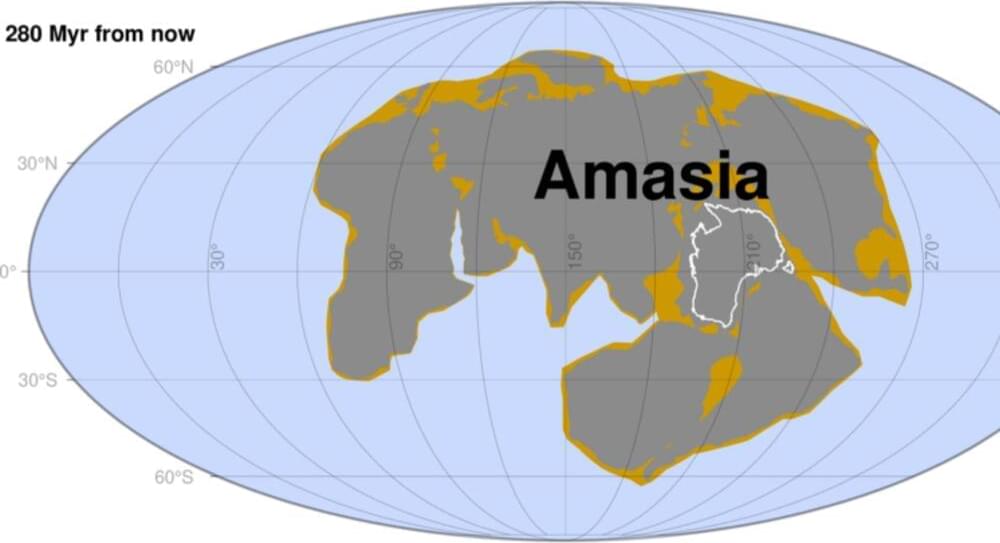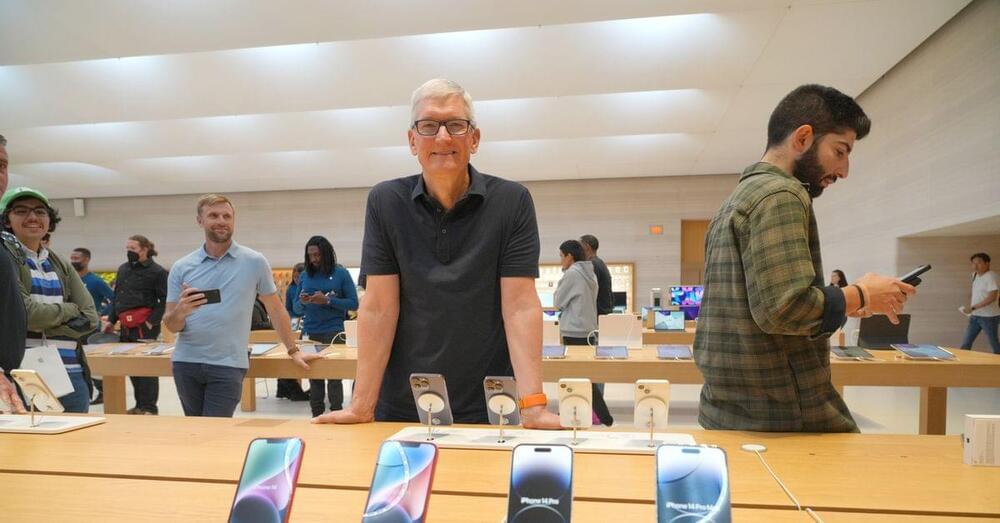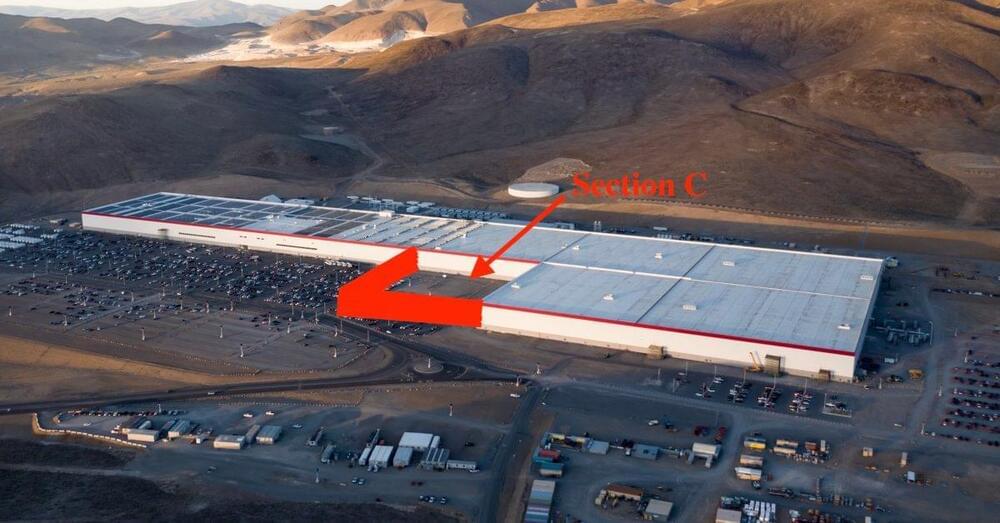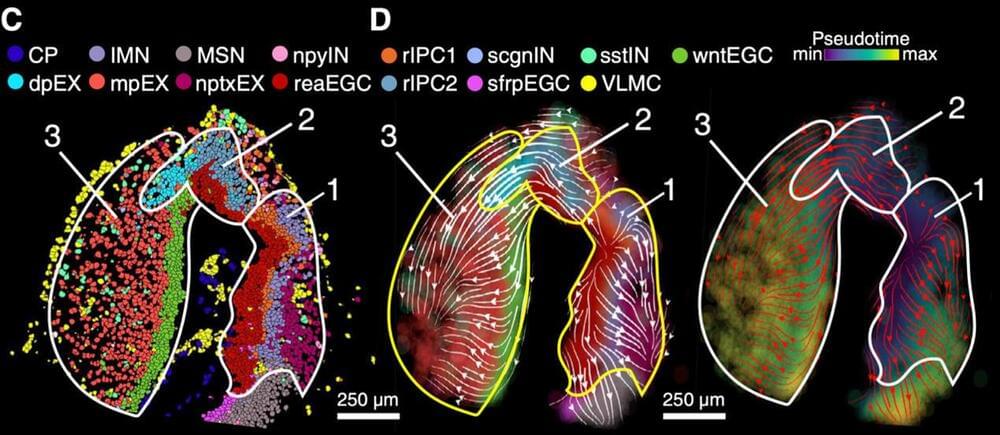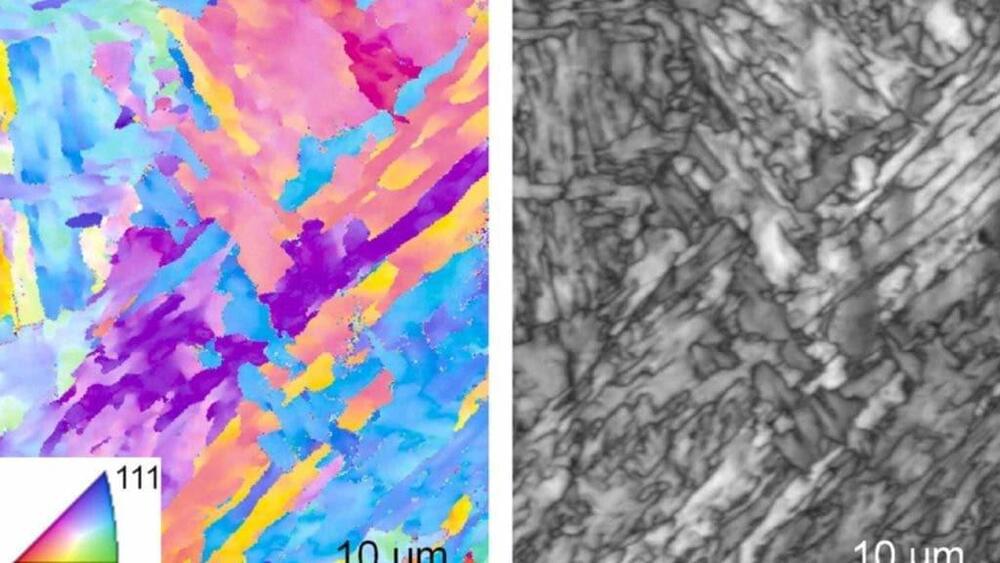Now, researchers at the Earth Dynamics Research Group and the School of Earth and Planetary Sciences at New Curtin University have used a supercomputer to forecast what could be the likely effect of the movement of the giant tectonic plates.
The formation of continents
Over the past two billion years, the Earth’s continents have collided to form a supercontinent on multiple occasions. Called the supercontinent cycle, this occurs every 600 million years and brings all the continents of the world together.
